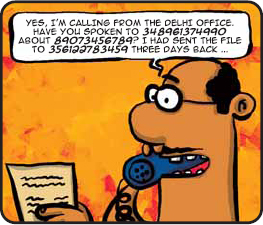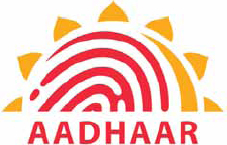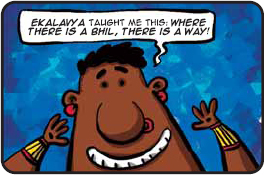PUFFIN BOOKS
UK | Canada | Ireland | Australia
New Zealand | India | South Africa
Penguin Books is part of the Penguin Random House group of companies whose addresses can be found at global.penguinrandomhouse.com.
This collection published 2013
Copyright Melting Pot 2013
The moral right of the author has been asserted
ISBN: 978-0-143-33257-2
This digital edition published in 2016.
e-ISBN: 978-9-351-18426-3
This book is sold subject to the condition that it shall not, by way of trade or otherwise, be lent, resold, hired out, or otherwise circulated without the publishers prior consent in any form of binding or cover other than that in which it is published and without a similar condition including this condition being imposed on the subsequent purchaser.
THE BEGINNING
Let the conversation begin...
Follow the Penguin Twitter.com@PenguinIndia
Keep up-to-date with all our stories YouTube.com/PenguinIndia
Like Penguin Books on Facebook.com/PenguinIndia
Find out more about the author and
discover more stories like this at penguinbooksindia.com

for Aadhaar
What makes you uniquely India? The fact that you are reading India: A to Z? Good reason that, but theres an even better oneyour 12-digit individual identification number called Aadhaar!
WHATS IN A NUMBER?
Everything if youre Indian and have an Aadhaar number! Thats right, your-digit individual identification number issued by the unique identification Authority of India (UIDAI) will serve ss a proof of your identity and address, anywhere In India. Each Aadhaar number is unique to an individual and will remain valid for life.
Why did the UIDAI (a part of the Planning Commission of India) come up with this idea? Well, since we have so many difference proofs of identity, they felt that every permanent Indian resident should have a single source of identity verification. And so, in February 2009, they launched a project to issue a unique number linked to a residents demographic and biometric information. The number can be used as proof of identity and will provide access to a host of benefits and services in banking, telecommunication, processing of passport applications, etc. Nandan Nilekani, former co-chairman of Infosys Technologies, was appointed the first chairman of UIDAI in June 2009.
NUMBER CRUNCHER
The Aadhaar number project is the largest personal identification programme the world has ever witnessed. Over 1.2 billion people are eligible to receive an Aadhaar card. The India government will spend approximately Rs 113 person who enrols to get an Aadhaar card. That adds up to about Rs 1,35,76,80,00,000 (13,576 crore rupees) if all of Indias 1.2 billion residents sign up for the card!
AH, AADHAAR!
- The UIDAI launched the Aadhaar scheme in the small tribal village of Tembhli in Maharasthra. The first India to receive the card was Ranjana Sonawane, a resident of this village.
- The total number of Aadhaar cards issued as of May 2013 is about 34 crores. If that seems like a lot, remember thats just 30 per cent of Indias population!
- Aadhaars logo is a sun in red and yellow, with a fingerprint traced across its centre. The logo represents a new dawn of equal oppotunity for each individual in India.

for Adivasi
Little is known of their history, but what we do know for a fact is that the Adivasi people were among the original inhabitants of the Indian subcontinent.
FIRST THINGS FIRST
Adivasi is the collective name used foe the many indigenous peoples of India. The term Adivasi comes from the Hindi word adi which means from the beginning and vasi which means inhabitant. The word was coined in the 1930s to create a sense of identity among the various native peoples of India.
If they were among the first residents of our country, why were they pushed to the outer edges of society? According to historians, it appears that their land was encroached upon by Indo-Aryan tribes some 3000 years ago. The Adivasi people were driven away into the mountains and hill areas after these invasions. As a result they underwent major changes in their traditional ways of life and became vulnerable to economic exploitation.
In 1950, the Constitution of India identified most of these groups as people who required social and economic development. Since that time, the Adivasi people have been officially known as Scheduled Tribes and have been given many protective provisions. In the Lok Sabha and the Rajya Sabha, 7 per cent of the total number of seats are reserved for members of the scheduled tribes.
ARE THEY ONE PEOPLE?
The Adivasi people are not a homogeneous group. There are believed to be over 200 distinct peoples speaking more than 100 languages. According to a recent census, the Adivasi people constitute 8 per cent of Indias population, which means there are over 84 million of them. A majority of them live in the states of Chattisgarh, Jharkhand, Madhya Pradesh, Orissa and in the North-Eastern states of Arunachal Pradesh, Nagaland and Mizoram. The largest groups of Adivasi people are the Bhil, the Munda and the Santhal.
The Bhils live all over western and central India.
ADIVASI ACHIEVERS
- The Mahabharatha mentioned that Eklavya was a Bhil, who taught himself archery standing before the clay image of the great teacher Dronacharya. Eklavya went on to achieve a greater level of skill that Dronas favourite student, Arjuna.
- Shabari was a Bhil woman. She offered Rama and Lakshmana jujubes when the brothers were searching for Sita in the Dandakaranya forest, in present-day Gujarat.

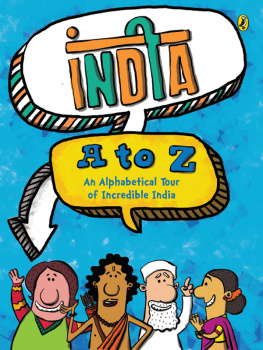

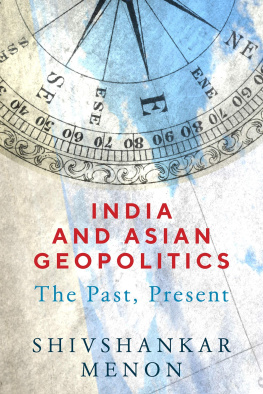

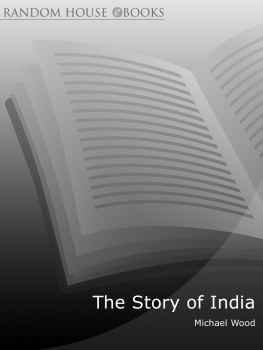
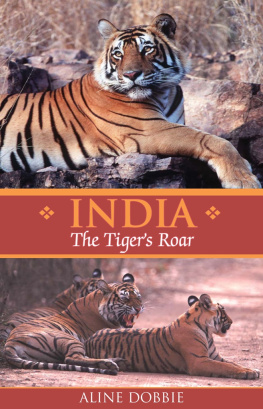
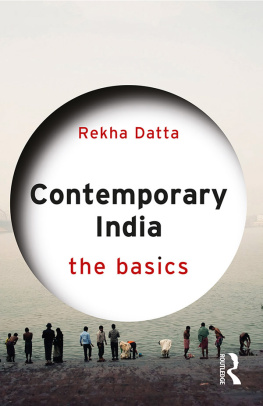







 for Aadhaar
for Aadhaar